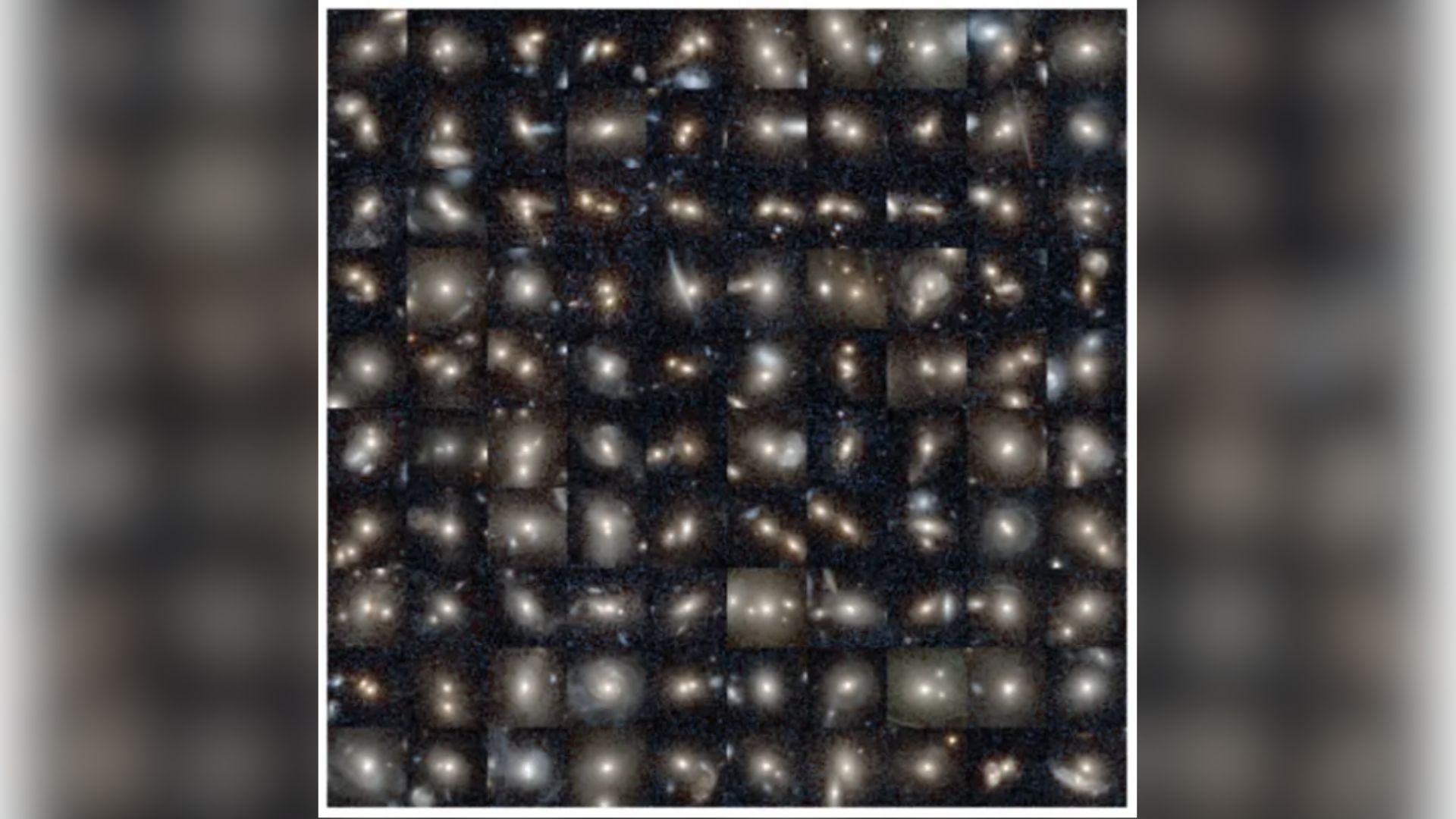Could life thrive on hydrogen-rich alien worlds?
"I want to push astronomers to think more broadly about what kind of planets might be habitable."

Life can thrive in a 100% hydrogen atmosphere, according to a new study. The finding could completely change our understanding of how (and where) life might exist in the universe.
For the study, a team of researchers led by Sara Seager, an astrophysicist and planetary scientist at the Massachusetts Institute of Technology (MIT), conducted experiments with the bacteria Escherichia coli, or E. Coli, and yeast. They put these species in a 100% hydrogen atmosphere. And, incredibly, the microbes survived, showing how life can live in such an extreme atmosphere. (For contrast, hydrogen makes up less than one part per million of Earth's atmosphere, which consists of mostly nitrogen.)
"I want to push astronomers to think more broadly about what kind of planets might be habitable," Seager told Space.com in an email. "Biologists, if they ever thought of hydrogen-rich atmospheres, would think it's fine for life to survive, because hydrogen is not known to be toxic to life" she said. However, she noted, astronomers "are not aware that life can survive in hydrogen-dominated atmospheres, so our work was to give a clear and concise experimental evidence that it is so."
Related: 10 exoplanets that could host alien life
Video: Habitable-zone planet found in 'reanalyzed' Kepler data
So, Seager explained, researchers might consider studying exoplanets — or planets outside the solar system — that they otherwise wouldn't target in the search for alien worlds that could potentially support life. Additionally, because hydrogen-heavy atmospheres are usually larger and more extended from their planet's surface, they could be easier to spot with some observing techniques, she added.
Studying microbes
The microbes that Seager and her team studied in the lab grew more slowly in the 100% hydrogen atmosphere than they would in a "normal" Earth environment, Seager said. "A few times more slowly for E. Coli and a few hundred times more slowly for yeast," she said. However, she added that "this isn't too surprising, because without oxygen the microbes have to get all their food from fermentation, and that just doesn't yield as much energy."
While this experiment showed how life can survive in a pure hydrogen atmosphere, scientists don't expect to find exoplanets with atmospheres made up of 100% hydrogen. Still, they do expect to find some exoplanets with hydrogen-dominated atmospheres, Seager said.
Breaking space news, the latest updates on rocket launches, skywatching events and more!
Looking to the stars
These findings are especially important to the search for life because, although they haven't found them yet, astronomers think that there are likely large, rocky exoplanets with thin, hydrogen-rich atmospheres, Seager said.
"We don't know any planets like that — yet," Seager said. "Theory says they should exist … However, Jupiter, Saturn, Uranus, Neptune, giant exoplanets [and] mini Neptunes all have H2 [Hydrogen] and He [Helium] dominated atmospheres — though no one thinks life is there."
Going forward, knowing that life can survive in hydrogen, researchers could expand their observations of far-off exoplanets and their atmospheres. They could expand their gaze to look for such planets they might have otherwise overlooked while making observations with existing technology. Additionally, when tools like NASA's James Webb Space Telescope launch to space (the space telescope is currently set to launch in March 2021), they will be able to get even better observations.
This work was published today (May 4) in the journal Nature Astronomy.
- 7 ways to discover alien planets
- The strangest alien planets in pictures
- 10 exoplanets that could host alien life
Follow Chelsea Gohd on Twitter @chelsea_gohd. Follow us on Twitter @Spacedotcom and on Facebook.
OFFER: Save 45% on 'All About Space' 'How it Works' and 'All About History'!
For a limited time, you can take out a digital subscription to any of our best-selling science magazines for just $2.38 per month, or 45% off the standard price for the first three months.

Chelsea “Foxanne” Gohd joined Space.com in 2018 and is now a Senior Writer, writing about everything from climate change to planetary science and human spaceflight in both articles and on-camera in videos. With a degree in Public Health and biological sciences, Chelsea has written and worked for institutions including the American Museum of Natural History, Scientific American, Discover Magazine Blog, Astronomy Magazine and Live Science. When not writing, editing or filming something space-y, Chelsea "Foxanne" Gohd is writing music and performing as Foxanne, even launching a song to space in 2021 with Inspiration4. You can follow her on Twitter @chelsea_gohd and @foxannemusic.

